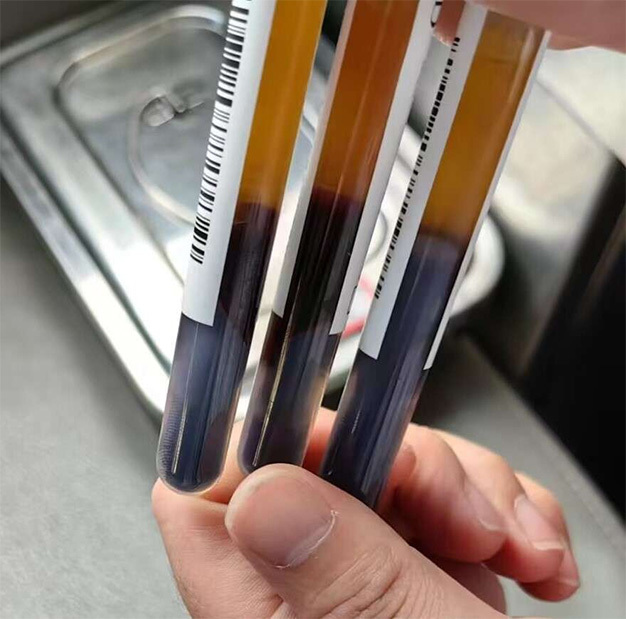18
2025
-
01
Pathological factors affecting the centrifugation of separation gel blood collection tubes.
Blood testing is an indispensable part of modern medical diagnosis. Among the many testing items, centrifugation of blood collection tubes is a key step in obtaining serum or plasma.
Blood tests are an indispensable part of modern medical diagnosis. Among the many testing items, centrifugation of blood collection tubes is a key step in obtaining serum or plasma. But did you know? The centrifugation process is not always smooth; certain pathological factors may affect it. This article will take you to explore these mysterious factors and reveal how they influence the centrifugation of blood collection tubes.

Coagulation dysfunction diseases
Coagulation dysfunction diseases, such as hemophilia, are common pathological factors. Patients lack coagulation factors in their bodies, leading to prolonged blood coagulation time or inability to coagulate normally. This condition manifests as abnormal layering during centrifugation. The lack of coagulation factors in the blood of hemophilia patients prevents normal coagulation during centrifugation, altering the separation of blood cells and plasma. This not only affects the normal layering of blood but may also impact subsequent testing items.

Metabolic diseases
Metabolic diseases are also common pathological factors affecting the centrifugation of blood collection tubes. Take hyperlipidemia as an example; patients have excessively high lipid components in their blood, which directly affects the blood layering after centrifugation. In hyperlipidemia patients, lipids may interfere with the separation of serum or plasma layers from blood cell layers after centrifugation, leading to unclear layering. This situation can affect the accuracy of test results, especially for tests involving blood lipid levels.

Autoimmune diseases
Autoimmune diseases can also impact the centrifugation of blood collection tubes. Cryoglobulinemia and multiple myeloma are two typical autoimmune diseases. In cryoglobulinemia patients, cryoglobulins precipitate in low-temperature environments, affecting the normal layering of blood. Meanwhile, the increased viscosity of blood in multiple myeloma patients makes the layering of blood components difficult.
Centrifugation of blood collection tubes is an important step in blood testing, but certain pathological factors may affect it. Understanding these factors is crucial for accurately interpreting test results. In clinical practice, doctors and laboratory personnel need to closely monitor these pathological factors to ensure the accuracy of test results. When dealing with patients with coagulation dysfunction diseases, metabolic diseases, and autoimmune diseases, we should perform centrifugation operations more meticulously and take corresponding measures to eliminate or reduce the impact of these pathological factors on centrifugation. Only in this way can we provide more precise medical services for patients.
Key words:
Related News
Pathological factors affecting the centrifugation of separation gel blood collection tubes.
2025-01-18
Ethylene diamine tetraacetic acid (EDTA) is a synthetic amino acid
2025-01-18
Potassium triethylenetetramine tetraacetate can be used for various tests, including
2025-01-18
The role of potassium triethylenetetramine tetraacetic acid (EDTA-K3) in blood collection tubes.
2025-01-18


